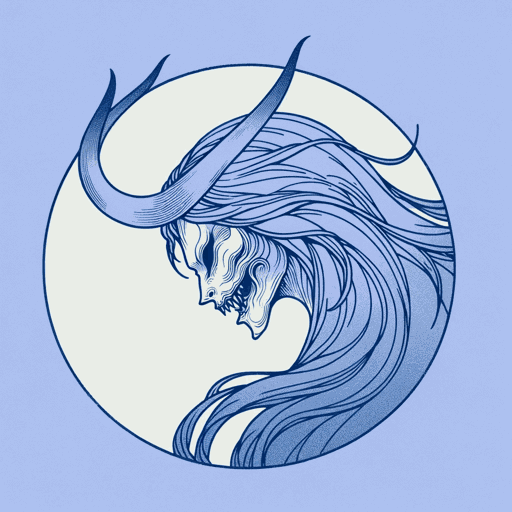51 pages • 1 hour read
Traci CheeA Thousand Steps into Night
Fiction | Novel | YA | Published in 2022A modern alternative to SparkNotes and CliffsNotes, SuperSummary offers high-quality Study Guides with detailed chapter summaries and analysis of major themes, characters, and more.
Important Quotes
“Miuko knew it was her duty as an only daughter to attract a husband, bear a son, and secure her father’s legacy by passing on the family inn to future generations. Over the years, she’d learned to hide her opinions behind her smile and her expressions behind her sleeves, but despite her best efforts, she was ill-suited to being a girl of the serving class. She was simply too visible, and frankly, that made her unappealing, both as a servant and as a woman.”
(Part 1, Chapter 1, Page 8)
In this passage, the author exposes the restrictive societal values that dictate the lifestyles available to women in Awara. For Miuko who does not fit within this societal mold but has no other alternative, the only remaining choice is self-erasure and a perpetual feeling of being maladapted to one’s role in life.
“…[I]t was safest to be within human borders at dawn and dusk, when the veil between Ada and Ana—the worlds of the mortal and the spirit—was thinnest. Miuko’s mother had always been particularly wary of the verge hours, for it was during these times that demons attacked travelers for their unctuous, buttery livers.”
(Part 1, Chapter 1, Page 11)
This excerpt points toward the bank of shared knowledge that is generationally transmitted by women for women as they are denied access to other centers of learning. It also describes an intersectionality between both worlds where time is a fixed variable that thins or thickens the barriers between spirits and humans.
“Perhaps it wasn’t the mark of a demon, but the mark of a god. Indigo, after all, was the color of Amyunasa, the December God and first of all Lunar Gods to arise from the primordial waters, from which all things were created and to which all things ultimately returned. It was a color of both life and death, a color of divinity and mystery.”
(Part 1, Chapter 5, Page 33)
This passage gestures to the dual meaning of the indigo color in the narrative and foreshadows the unfairness that Miuko experiences as the curse expands on her skin, visibly marking her as connected to the spiritual world for all to see. When something is of indigo color, it can be divine or demonic, and assuming either glosses over any potential nuance to the creature or object that sports the color.
Featured Collections
9th-12th Grade Historical Fiction
View Collection
Action & Adventure
View Collection
Appearance Versus Reality
View Collection
Asian American & Pacific Islander...
View Collection
Beauty
View Collection
Books on Justice & Injustice
View Collection
Books that Feature the Theme of...
View Collection
Books that Feature the Theme of...
View Collection
Challenging Authority
View Collection
Class
View Collection
Class
View Collection
Daughters & Sons
View Collection
Diverse Voices (High School)
View Collection
Equality
View Collection
Family
View Collection
Fate
View Collection
Fathers
View Collection
Fear
View Collection
Feminist Reads
View Collection
Forgiveness
View Collection
Friendship
View Collection
Good & Evil
View Collection
Grief
View Collection
Hate & Anger
View Collection
Loyalty & Betrayal
View Collection
Mythology
View Collection
Order & Chaos
View Collection
Power
View Collection
Pride Month Reads
View Collection
Pride & Shame
View Collection
Revenge
View Collection
Safety & Danger
View Collection
Teams & Gangs
View Collection
The Best of "Best Book" Lists
View Collection
Trust & Doubt
View Collection
Truth & Lies
View Collection
Valentine's Day Reads: The Theme of Love
View Collection


